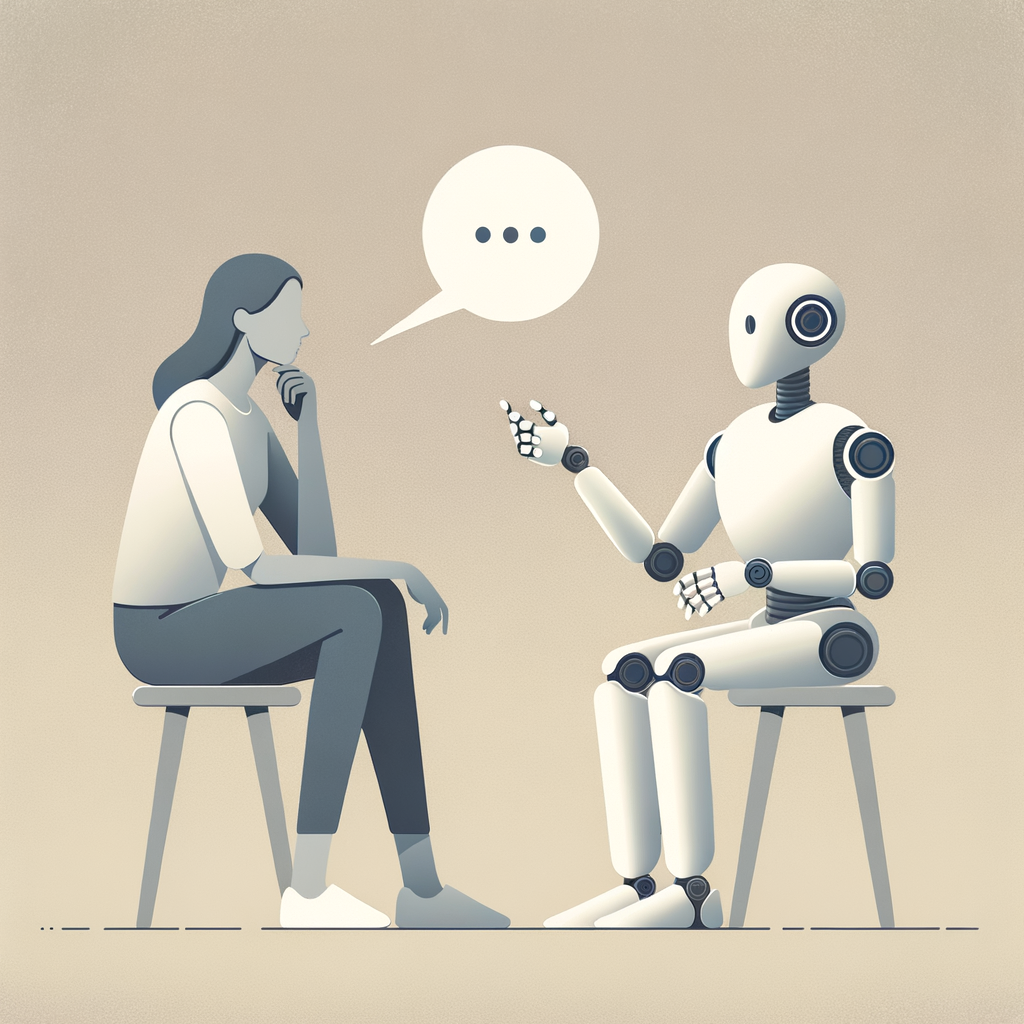
Elevating Human-Robot Interaction Through Advanced AI Techniques
Dive into the world of Human-Robot Interaction (HRI) where advanced AI techniques are transforming the way humans and robots collaborate. This blog explores innovative applications, the role of machine learning and AI in enhancing capabilities, and the future challenges that need addressing. Stay tuned to see how these advancements are shaping a new era of cooperation between humans and robots in various industries.
Introduction
In recent years, the field of robotics has witnessed tremendous advancements, much of which can be attributed to the integration of Artificial Intelligence (AI). One of the main areas being transformed by these advancements is Human-Robot Interaction (HRI). This evolving field explores how humans and robots can work together harmoniously in various environments, ranging from factories to household settings.
The Landscape of HRI
Human-Robot Interaction encompasses various subfields focusing on different aspects of collaboration and interaction between humans and robots. This includes areas like machine learning algorithms, natural language processing, and sensory perception enhancements. These advancements collectively contribute to more intuitive and efficient interactions.
Key AI Techniques Enabling HRI
-
Natural Language Processing (NLP): NLP allows robots to understand and process human languages more naturally, facilitating better communication and task execution.
-
Computer Vision: Enhanced vision systems enable robots to understand their surroundings with greater precision, supporting complex tasks like object recognition and spatial awareness.
-
Reinforcement Learning: This learning paradigm is instrumental in teaching robots how to perform tasks in dynamic environments, improving their adaptability and decision-making capabilities.
-
Predictive Analytics: By employing AI-driven predictive analytics, robots can anticipate human needs and respond appropriately, creating smoother interactions.
Applications in Various Industries
Manufacturing
In manufacturing, robots perform tasks such as assembling products or handling hazardous materials, where precision and safety are paramount. The use of AI has significantly enhanced their functionality, reducing errors and improving efficiency.
Healthcare
Robots assist in surgery, rehabilitation, and elderly care, where they support medical professionals by performing repetitive tasks or providing companionship. AI-driven robots adapt to patient needs, improving care quality.
Hospitality
Service robots in hospitality offer personalized customer service, helping patrons and providing information, delivering a customized experience that elevates the quality of service.
Challenges and Ethical Considerations
As we continue to integrate AI into HRI, several challenges and ethical considerations arise. Issues such as data privacy, trust, and dependability are crucial and need to be addressed. Moreover, understanding the societal impact and developing standards for safe and ethical AI use in robots remain key concerns.
The Future of HRI
Looking forward, the future of HRI promises more seamless interactions, with robots becoming more integrated into our daily lives. Research is ongoing to overcome current limitations, focusing on enhancing AI's capabilities and ensuring its responsible application.
Conclusion
Human-Robot Interaction is at the forefront of technological innovation, promising significant benefits across numerous sectors. By harnessing advanced AI techniques, we can improve how robots and humans collaborate, ensuring a productive coexistence where both entities thrive symbiotically.